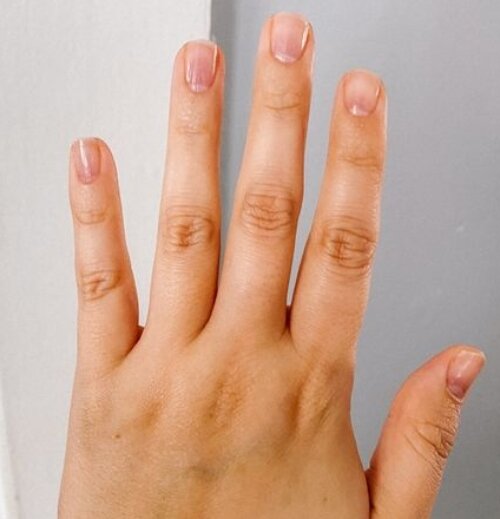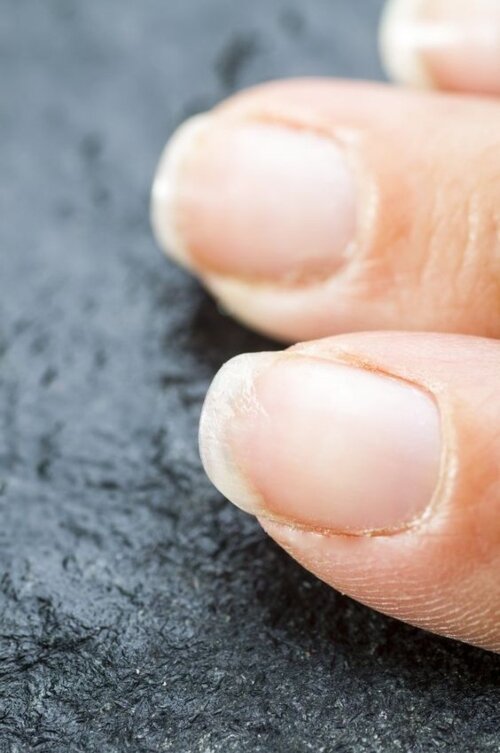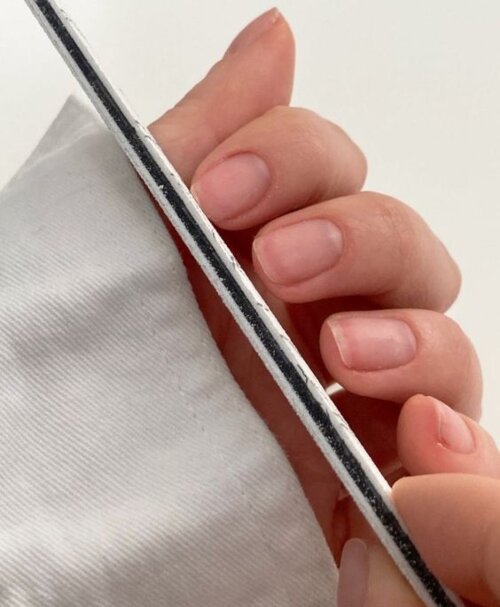As we get older, our bodies go through a lot of changes, and our nails are no different! Just like our skin and hair, our nails can also change as we age. These changes can affect how our nails look and feel, but with a bit of care, we can keep them strong and healthy. Let’s look at what happens to nails over time and some simple tips to keep them in good shape.

How Nails Change as We Age
1. Nails Grow More Slowly
When you’re younger, your nails seem to grow so fast. But as we age, nail growth slows down. Older adults might notice it takes longer for their nails to grow back after a trim or if they break. This happens because blood flow and cell production slow down as we get older.

2. Nails Become More Brittle
Nails can get more brittle, meaning they’re likely to break, split, or peel more easily. This brittleness comes from a loss of moisture and a decrease in natural oils, which keep nails flexible.
13 Office-Appropriate Nail Colors That You Can Wear at Your Workplace
3. Changes in Texture and Thickness
Many older adults notice their nails getting thicker or sometimes uneven. This can make them harder to trim or manage. The thickness happens because there’s more keratin (a protein in nails) building up over time.
4. Nails May Change Color
You might notice your nails turning a little yellowish or grayish. These color changes can be caused by less blood flow, product exposure over the years, or even nutritional deficiencies.

5. Higher Risk of Nail Infections
Older adults are more likely to get fungal infections, especially in their toenails. This happens because our immune systems get weaker with age, and the slower growth rate of nails gives fungi more time to settle in.
How to Whiten Underneath Your Nails Naturally
Let's Check How to Maintain Healthy Nails as We Age
1. Moisturize Regularly
Since brittle nails need extra moisture, try using nail and cuticle oils or a rich hand cream every day. Look for products with vitamin E, jojoba oil, or shea butter to keep nails hydrated and less prone to cracking or splitting.
2. Avoid Harsh Chemicals
Chemicals like acetone in nail polish removers can dry out nails. Switch to acetone-free removers, and every once in a while, give your nails a break from polish to let them breathe. If you prefer painted nails, look for nail-friendly, breathable polishes.
The Only 8 Tips You Need to Apply Nail Polish Without Streaks!
3. Keep Nails Trimmed and Filed
Trim and file nails regularly to keep them manageable and prevent breaking. Use a fine-grit nail file, and file in one direction instead of back and forth. A shorter, rounded shape is less likely to break and is easier to maintain.

4. Eat for Nail Health
Eating clean and healthy food is great for keeping your nails strong. Make sure you’re getting enough biotin, which is found in foods like eggs and nuts, and omega-3 fatty acids from salmon and leafy greens. These nutrients help your nails grow and stay flexible. You could also try collagen supplements, as they’re known to help with nail health, too.
5. Protect Your Nails with Gloves
If you’re often doing dishes, gardening, or cleaning, protect your nails by wearing gloves. Water exposure can weaken nails, while harsh chemicals can strip them of natural oils.
6. Be Gentle with Your Nails
When filing, avoid aggressive motions that can cause splitting. Try not to use your nails to open things or scratch surfaces, as this can weaken them over time.
7. Stay Hydrated
Drinking water keeps nails hydrated from the inside out. Aim for about eight glasses a day to help prevent dry, brittle nails.
8. Consider Professional Nail Care
If it’s hard to care for your nails on your own, a professional manicurist can help. They can trim, file, and even help spot early signs of any issues like infections, so your nails stay in top shape.

















